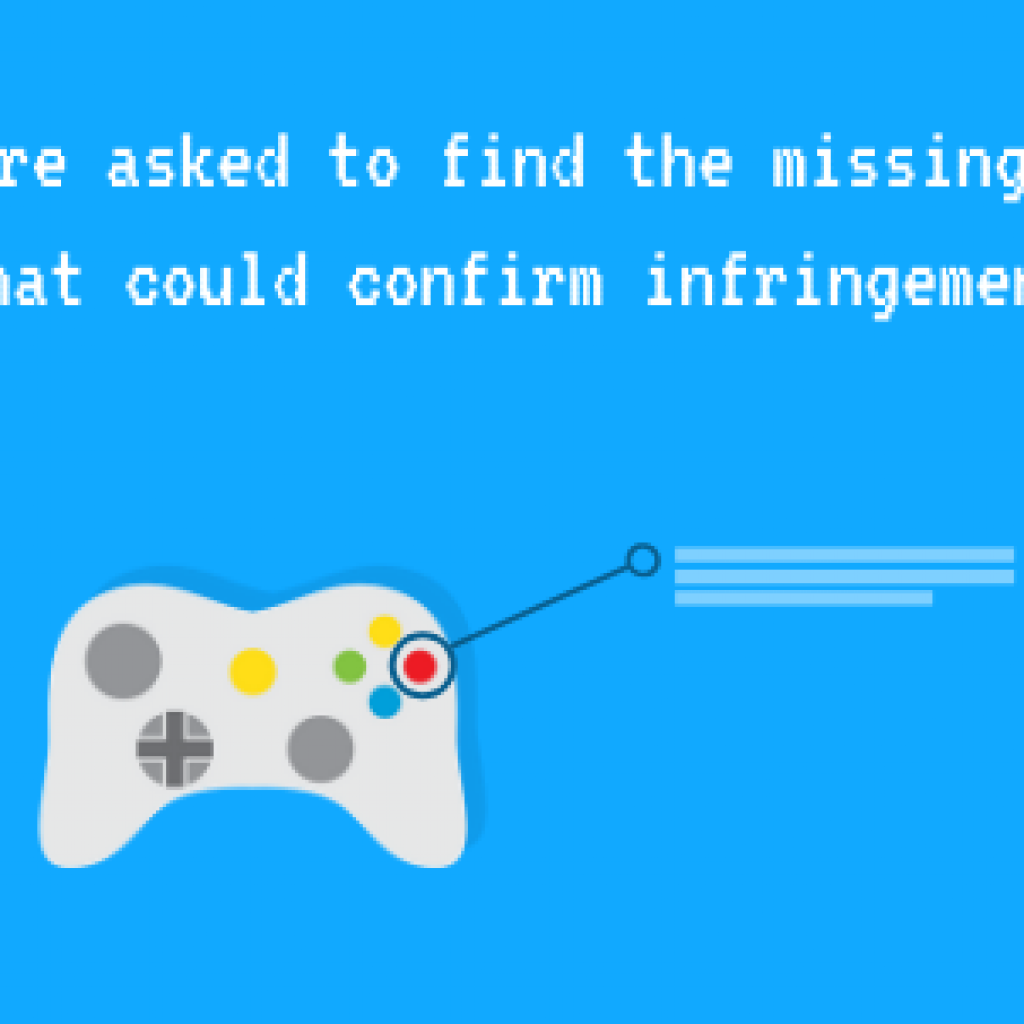You may attest to the fact that a lot has already been written and discussed on the importance of searching in non-patent literature when performing a prior art search. However, not much (almost nothing) has been written that discusses the importance of searching university publications while conducting a patent invalidity search.
Why are University Publications important in Invalidity Searches?
Usually, patents that get into litigation or are challenged in pre or post-grant procedures are said to be good patents. A good patent, in general, has well-crafted claims that may contain intricate elements depending upon the technological application area.
While conducting a patent invalidation search, one has to find prior art having all claim elements of a patent under litigation. This prior art, either individually or in combination, should provide full disclosure of each and every claim element.
In the case of patents with complex claims, we have found publications by universities as one of the best non-patent literature sources to find prior art. The reason being: though traditional industry NPL sources such as company white papers, product disclosures, et cetera provide useful information in many cases, they lack minute details. On the other hand, University publications and thesis works provide required minute details.
We observed this difference in one of the recent invalidation searches on a patent related to 3G technologies. Even after sifting through standards, white papers and company publications, we didn’t find any prior art portraying the finer features present in the claim of the subject patent until we turned to University publications. And the place where relevant prior art finally turned up was in one of the research papers published by the Indian Institute of Technology, Bombay (IIT-B).
Also Read: 3 Instances Where We Invalidated Patents Infringed Under ITC Section 337
Importance of University Publications in Inter Partes Review
Apart from invalidation searches, another place where the importance of university publications as prior art comes into play is in Inter Partes Review. Since its inception in 2012, the popularity of IPR filings has grown steadily.
In IPR proceedings, the stress is on submitting a new type of prior art or argument which ensures that it does not simply repeat a position that the original examiner already considered and rejected. University publications provide avenues for finding rare and different types of prior art; a prior art that would not be found in publications of popular companies or research centers.
One reason that explains this pattern is that companies tend to invest in the technologies that in the future have visible commercial applicability. However, universities are not limited by such factors, thereby increasing the chances of finding rare and valuable prior art.
Why University Publications Provide Finer Details?
Perhaps, one of the reasons for the availability of such finer details on university publications is that they are not bound or restricted by a particular direction of research, as is the case with industrial publications that have a business motivation.
Another reason is the end audience of the publications. In the case of an industrial publication, from the abstract technology, only the important and attractive features get highlighted as the end audience comprises of either customers or critiques.
On the other hand, in the case of university publications, students and researchers are motivated to get into as much detail as possible as their work will get evaluated by experienced professors. This opens avenues for the existence of the finer details of a claim element in a university publication.
Get Our Prior Art Search Checklist: Download your copy of free Prior Art Search Checklist that helps keeping mistakes at bay:
The Problem with Finding Prior Art in University Publications
Post the invalidation case on 3G technology that we mentioned above, we decided to conduct informal research to collect data on how many university research papers are available to the public. We found that even though a majority of scientific papers worldwide have been digitized and are published online, a large number of university research documents are yet to be digitized or published online.
Apart from this, many digitized documents were available on the respective university’s private network and were not available to the public. This provides ample opportunities for finding new prior art that has not been spotted by an examiner or a judge. In other words, it is an untapped source of prior art in traditional patent searches.
Another observation was that even though most publications of Japanese and Korean universities were available online, most of them were in a native language and could not be searched in English. Foreign language NPL sources often remain unexplored due to the additional step of translation and interpretation in English. These prior arts at times may prove to be a cornerstone in invalidation cases.
Thus, in cases where indications show that patent prior art will be scarce or difficult to find, a parallel search in university publications on public and private networks may bring relevant results.
Authored By – Lindce Sabi Varghese, Senior Associate, IP Solutions.










